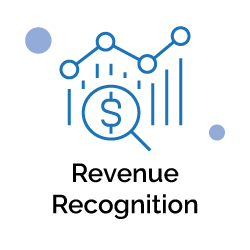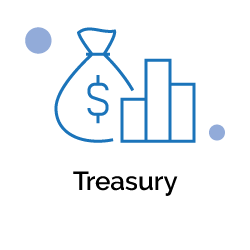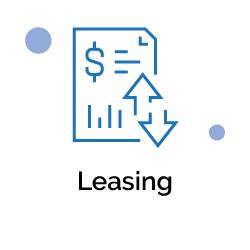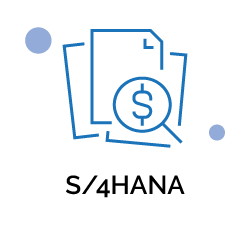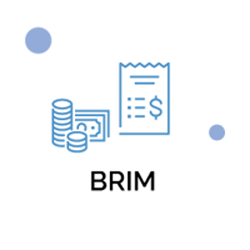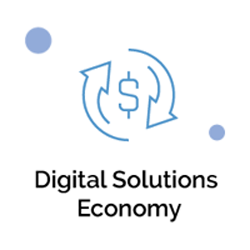
Mass invoicing process in which the invoice amounts are posted to Contract Accounts Receivable and Payable.
Invoice creation is the main process in Convergent Invoicing. It includes the following steps, which you automate by scheduling a background job for each step:
Mass invoicing process in which the invoice amounts are posted to Contract Accounts Receivable and Payable.
Invoice creation is the main process in Convergent Invoicing. It includes the following steps, which you automate by scheduling a background job for each step:
Features
Features
Reporting
You can display information about:
Reporting
You can display information about:
Process Variants
You can upload consumption items from an external file and execute rating. The result of the rating process is rated consumption items and billable items, which form the basis of the billing process.

You can create credit memos and debit memos to adjust the amount already invoiced to a customer, without changing the original invoice. This generates a billing request for the adjustment amount, so that the adjustment is included in the next billing run. The combination of original invoicing document and credit memo or debit memo determines the effective amount invoiced to the customer.

You can schedule recurring and nonrecurring amounts, which are included in the next billing run.

You can define plausibility checks for the invoicing process, and process the resulting clarification cases manually or automatically.

You can split off a portion of a billable item amount that is to be handled differently to the rest, by triggering the creation of dependent items. For example, in a partner settlement scenario, a portion of a billable item amount is due to a third party. However, you have the flexibility to use dependent items for other scenarios.

Process Variants
You can upload consumption items from an external file and execute rating. The result of the rating process is rated consumption items and billable items, which form the basis of the billing process.

You can create credit memos and debit memos to adjust the amount already invoiced to a customer, without changing the original invoice. This generates a billing request for the adjustment amount, so that the adjustment is included in the next billing run. The combination of original invoicing document and credit memo or debit memo determines the effective amount invoiced to the customer.

You can schedule recurring and nonrecurring amounts, which are included in the next billing run.

You can define plausibility checks for the invoicing process, and process the resulting clarification cases manually or automatically.

You can split off a portion of a billable item amount that is to be handled differently to the rest, by triggering the creation of dependent items. For example, in a partner settlement scenario, a portion of a billable item amount is due to a third party. However, you have the flexibility to use dependent items for other scenarios.



